Gulf of Mexico Project Resources:

The Gulf Coast region includes five U.S. states: Texas, Louisiana, Mississippi, Alabama, and Florida. They share more than 17,140 miles of shoreline along the Gulf of Mexico. The Gulf of Mexico is the ninth largest body of water in the world (615,000 square miles). It is home to an abundance of wildlife, including 29 species of marine mammals, 5 species of sea turtles, 49 shark species, and over 1,000 species of fish.
The Gulf is an important migratory stopover for birds, with as many as 2.5 million birds landing in Louisiana to rest each night during annual migrations. The Gulf Coast contains 15.6 million acres of coastal wetlands.
Much of the Gulf Coast economy is tied to its coast and wetlands. Coastal resources generate over $200 billion in economic activity annually in four main industries: fishing, shipping, tourism, and oil production.
The Gulf Coast region faces many environmental threats.
This includes loss of habitat, particularly wetlands, and nutrient runoff that has resulted in a large dead zone in the Gulf of Mexico. Oil and noise pollution are also problems.
Gulf Coast wetlands are being lost at an alarming rate.
The Gulf Coast is home to about half of the country’s saltwater wetlands and about 35% of its freshwater wetlands. These habitats provide a number of important ecosystem services, including flood control, wildlife habitat, and shoreline protection.
Almost all of the Gulf of Mexico’s wildlife rely on wetlands at some point in their lives. This includes commercial and recreational fish species, shrimp, and migratory and wading birds. Wetland areas are critical for maintaining the large fishing and tourism industries of the region.
Wetlands play several important roles. They:
Unfortunately, Gulf Coast wetlands are vanishing at an alarming rate. A 2013 report by the U.S. Fish and Wildlife Service noted that more wetlands were lost in the Gulf Coast than in any other region. They were also being lost more rapidly.
The Mississippi River Delta is particularly vulnerable, having lost wetlands equal to the size of the state of Delaware in the past 80 years. In fact, coastal Louisiana loses an area of wetlands equal to the size of a football field every 100 minutes.

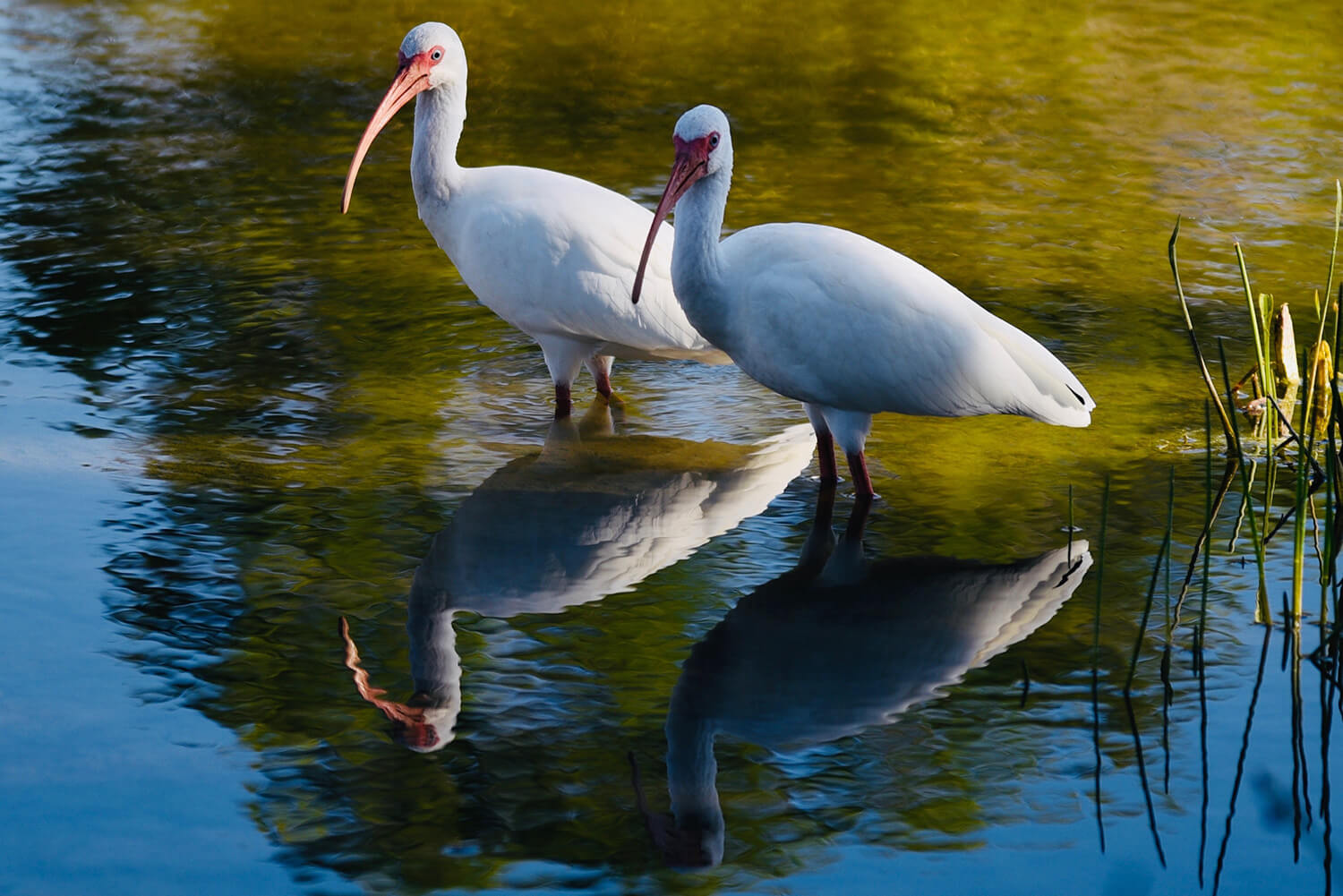
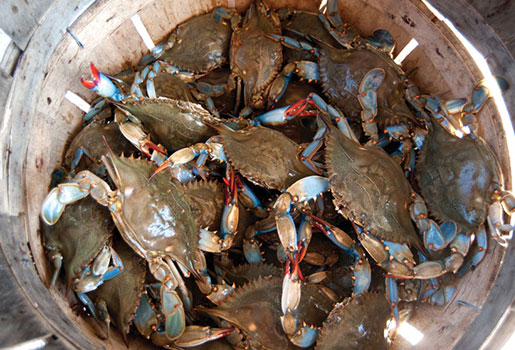
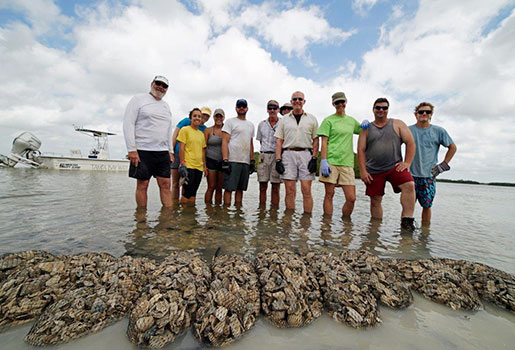
Gulf Coast community partners helping to build an oyster reef.
Excess nutrients such as nitrogen and phosphorus in waterbodies can create harmful algal blooms and dead zones, or areas where conditions make it impossible for aquatic life to survive. At 6,500 square miles in size, the Gulf of Mexico has the largest dead zone in the United States.
Fertilizer runoff and septic system effluent are two main contributors of nitrogen and phosphorous leading to dead zones. The excess nutrients they provide create large algal blooms. When the algae die, microbes decompose them. They use up oxygen in this process, and these areas eventually become hypoxic or oxygen-starved. The algal blooms can also block sunlight, killing aquatic plants.
Aquatic invasive species can harm local water supplies, damage native ecosystems, impact outdoor recreation activities, and threaten our health and safety. They cost the U.S. billions of dollars annually to manage and can cause long-term economic and environmental harm.
Common invasive plants in the Gulf Coast region
Some of the most common invasive plants on the Gulf Coast are the alligatorweed, brown tide algae, paragrass, Australian pine, tropical green algae, wild taro, blue-green algae, water hyacinth, Hydrilla, Indian swampweed, West Indian marshgrass, cogongrass, waterspinach, purple loosestrife, paperbark, catclaw mimosa, torpedograss, water lettuce, kudzu, common salvinia, Chinese tallow tree, peppertree, and wetland nightshade.
Invasive species and noxious weed classifications are very regionally specific. Sometimes, a plant classified as invasive in one area may not be invasive in another. Check the local noxious weed lists for species considered invasive and what level of control is required. Treatment/removal is unique to the plant species. Some species are easy to remove with hand-pulling. Some species infestations are made worse by hand-pulling and must be controlled with pesticides in accordance with a permit. Consultation with local invasive species authorities is necessary when working with invasive species.


The best way for you to help prevent the spread of invasive plant species is to stop new outbreaks before they start. Each of us has a role in keeping our waterways clean and healthy for future generations. For example, the best way that you can help to prevent the spread of aquatic invasive species is to always clean your boat after use.
Early detection can help avoid many of the environmental and economic losses caused by invasive species. Reporting invasive species to the experts could stop the next invasion.
Report invasive species through the national Early Detection and Distribution Mapping System (EDDMapS).
Additionally, many states have invasive species reporting hotlines, online forms, or mobile apps. Using your internet browser, search with the terms “invasive species reporting [enter your state or county]” to discover how best to report in your area.
While invasive species pose major challenges, a number of management options exist. Prevention is important, but that is beyond the scope of this website. Physical or mechanical control, chemical control, cultural management, and biological control are all useful tools.
Removing invasive species and restoring native species brings myriad benefits. Restoration of wetlands, dunes, and other coastal areas protects against erosion, reduces flooding, and improves water quality. Native birds, fish, and other wildlife return to restored areas, enhancing fisheries and biodiversity. Habitat improvement helps the recovery of threatened or endangered species. Tourism and outdoor recreation benefit as people fish, bird watch, or visit wildlife areas.
What can you expect if you want to remove invasive species?
Invasive species removal can be a rewarding activity for any group of concerned citizens. Many species can be removed by hand, with little training. It is best to consult a local expert to understand the likely long-term outcomes of your effort. Some plant species can only be substantially reduced using fire, changing land elevation, or applying herbicides across large areas, in accordance with permits. One important role for local residents is participating in identification efforts to stop the spread of these species before they firmly take hold.
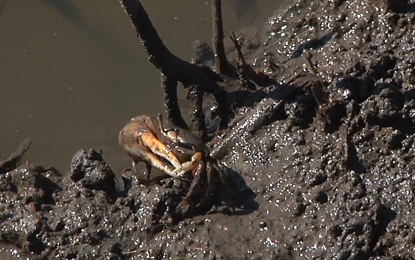
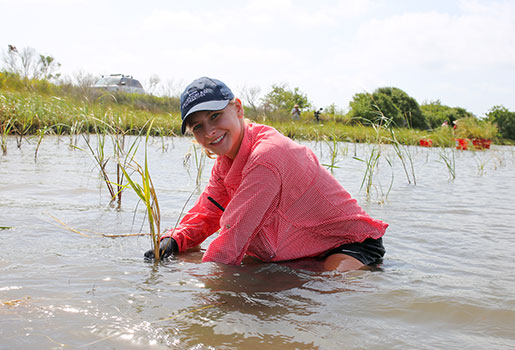
We need your help to improve the Toolkit by completing our easy, 3-minute survey. Your insight is valuable to us.